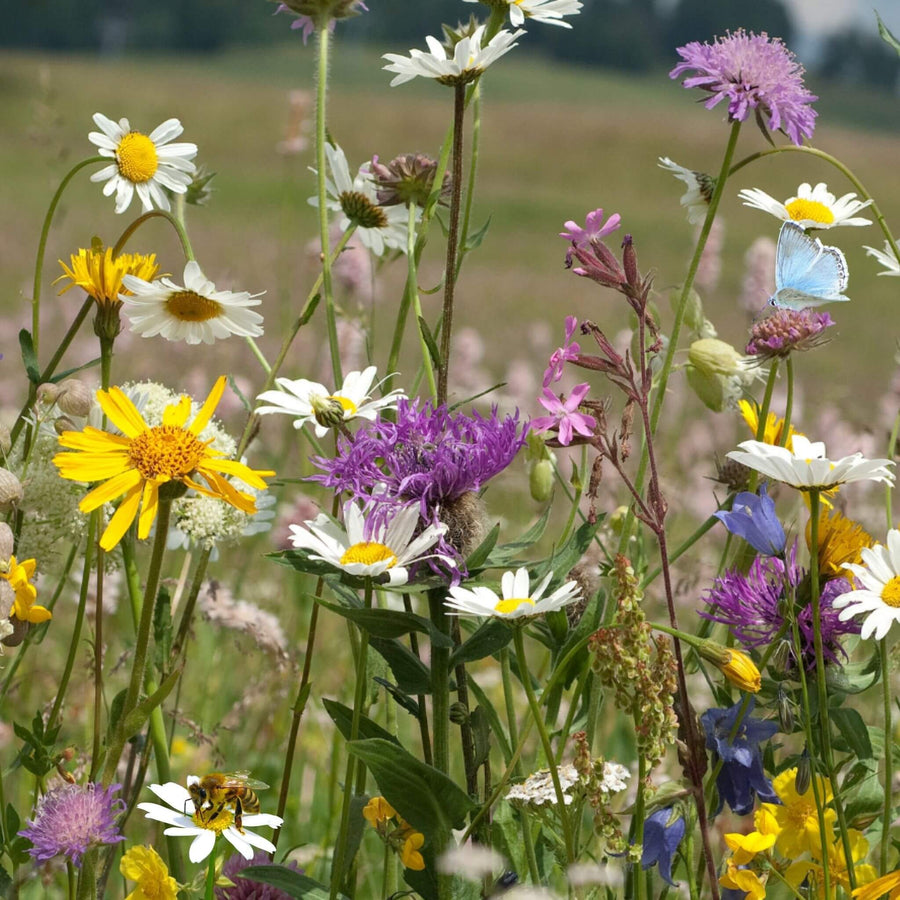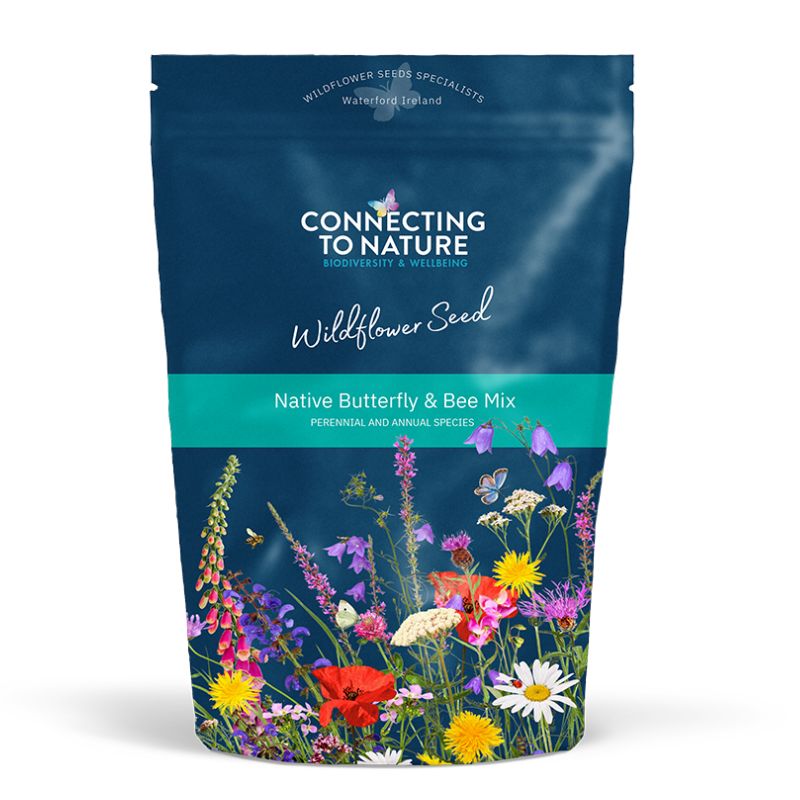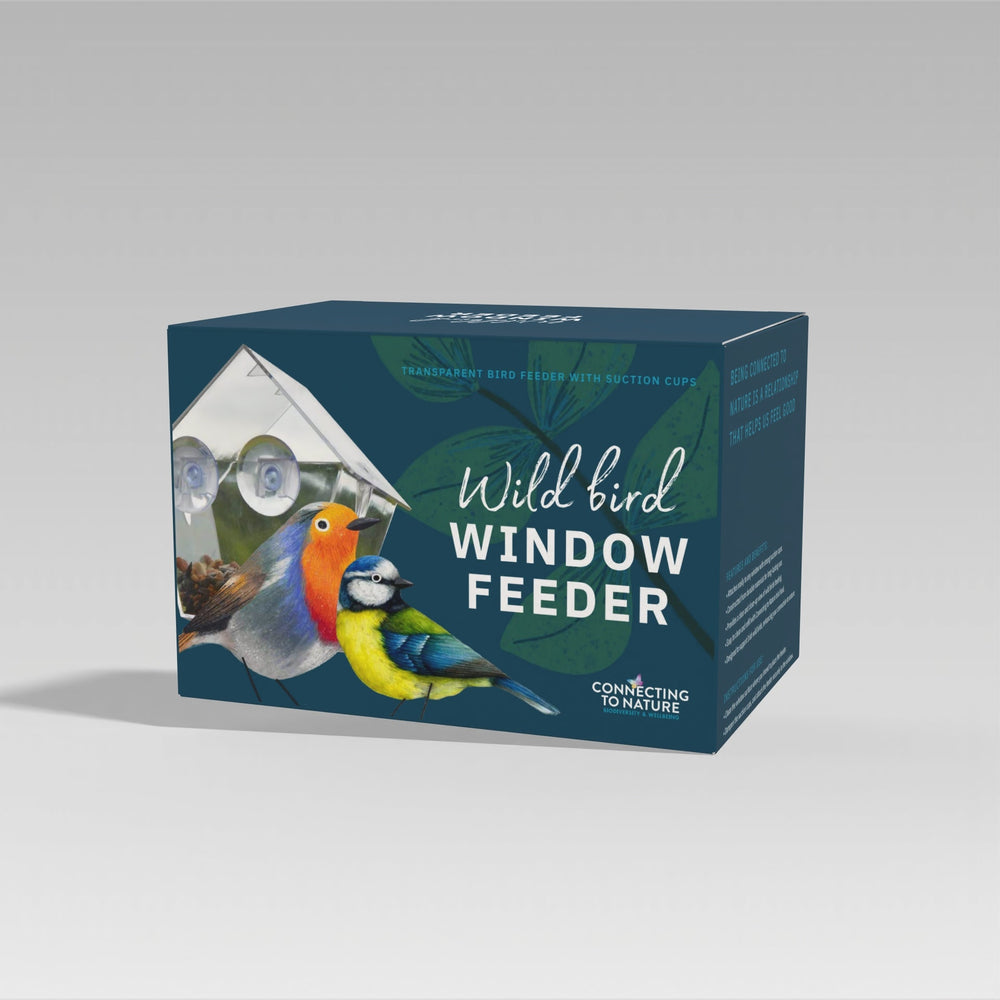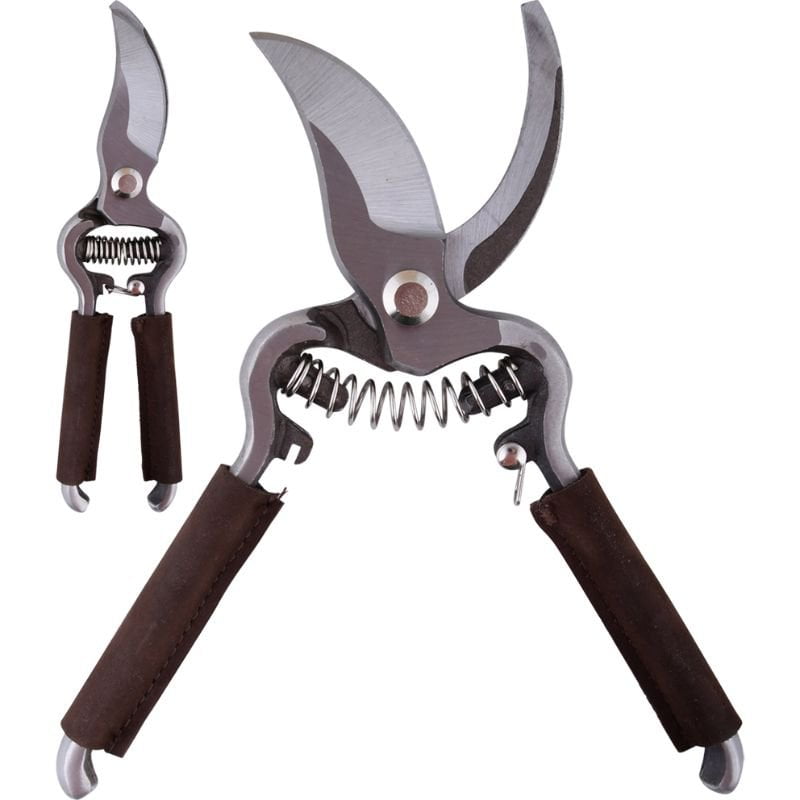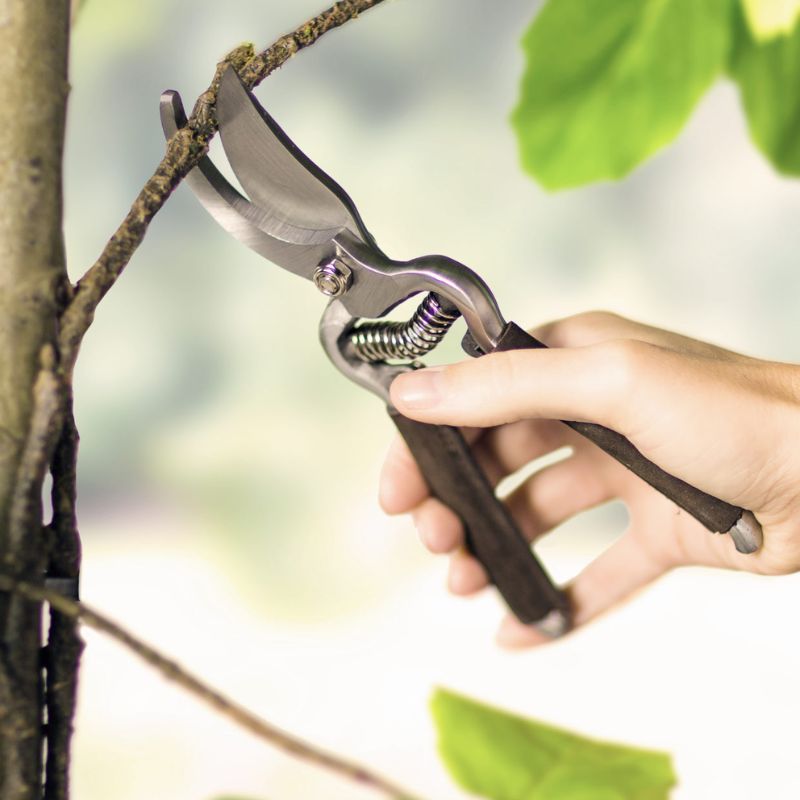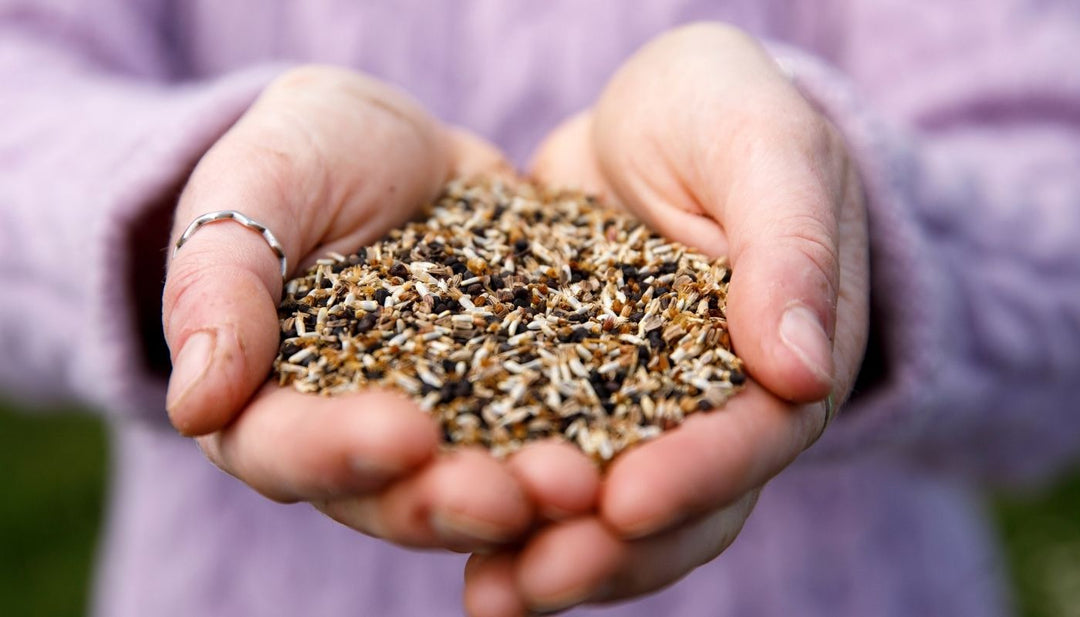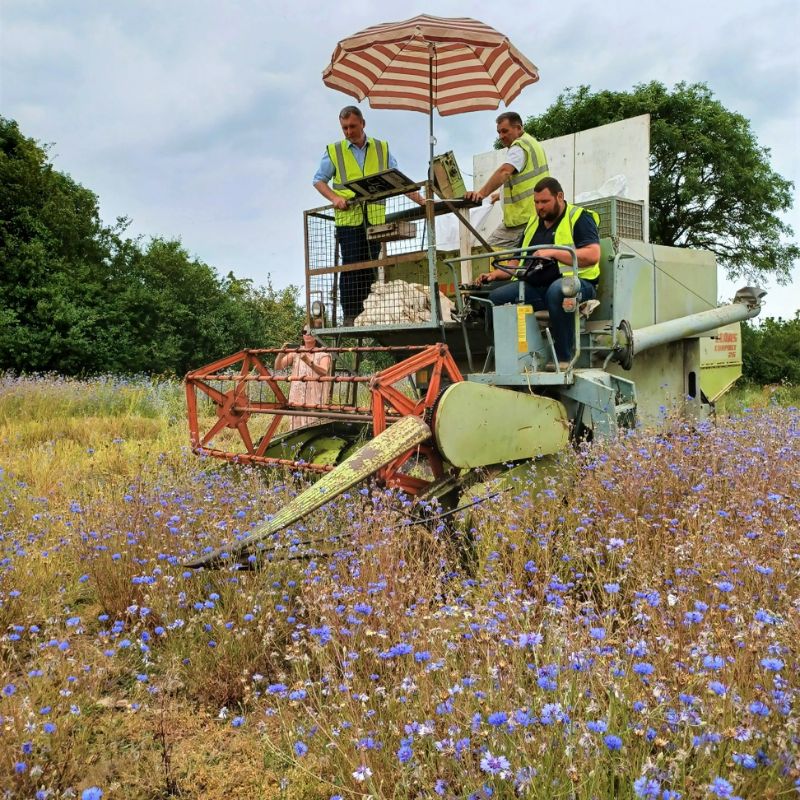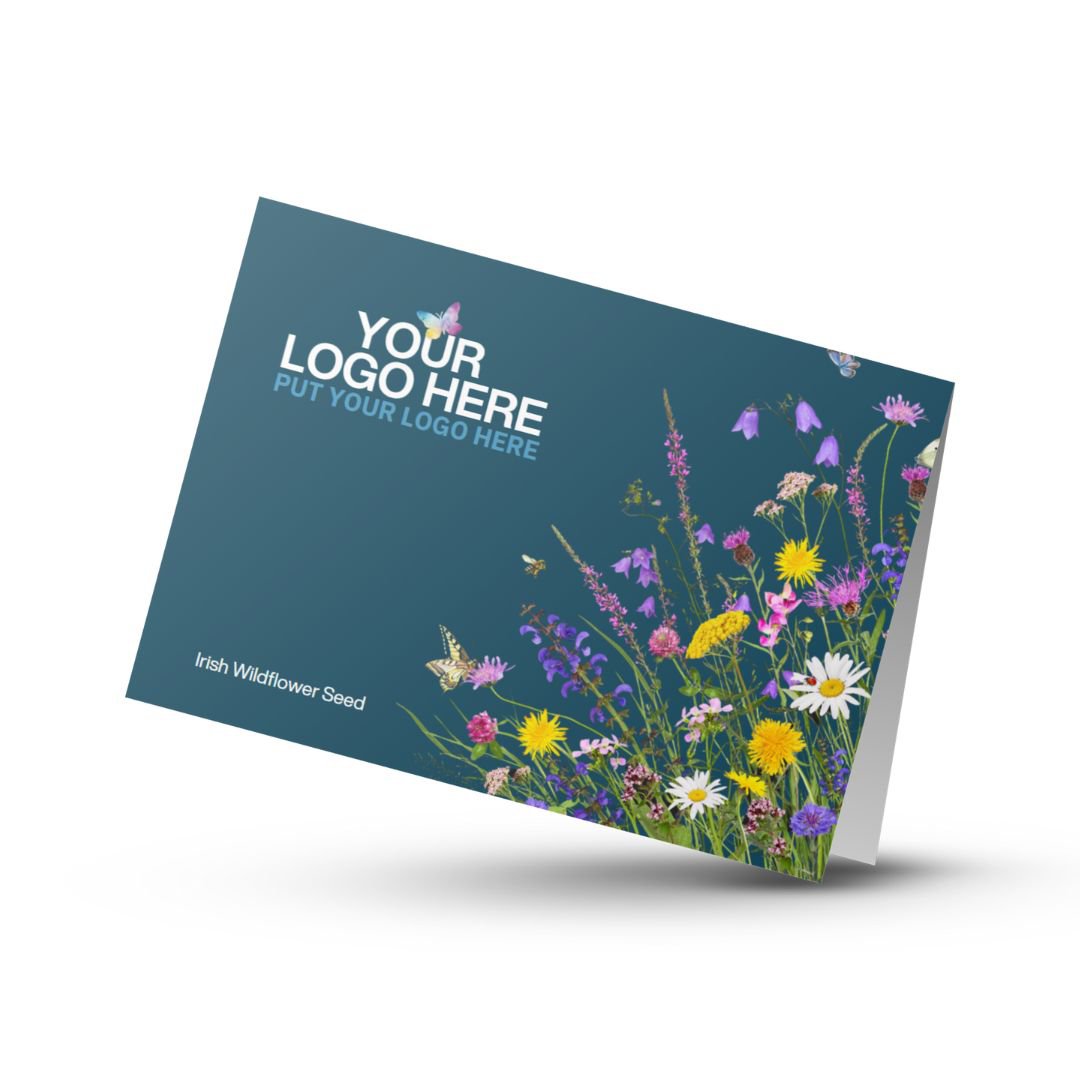What is a Wildflower Meadow Mix?
Understanding the difference between wildflower meadow mixtures and 100% wildflower seed mixtures.
In the realm of gardening and landscaping, the allure of wildflowers is undeniable. Their vibrant colors, delicate petals, and ecological benefits make them a desirable addition to any outdoor space. But when it comes to sowing wildflowers, understanding the different types of seed mixes available is crucial for achieving desired results. Today, we delve into the world of native wildflower mixes, exploring their composition, uses, and the fascinating lifecycles of the plants within.
What is a Native Wildflower Meadow Mix?
A wildflower meadow mix is a blend of grass species and wildflower seeds, carefully curated to create a naturalistic and biodiverse landscape. Typically, these mixes boast a ratio of 80% grass seed to 20% wildflower seed, offering both structural support and bursts of floral color. Perfect for larger areas where the dominance of grass can mimic the untamed beauty of a meadow, these mixes thrive in larger spaces.
However, it's essential to note that due to the higher proportion of grass, meadow mixes may not be suitable for smaller gardens seeking a more pronounced wildflower presence.

100% Wildflower Seed Mixes
For those seeking a more intensive wildflower display, 100% wildflower seed mixes offer a captivating solution. These mixtures contain wildflower seeds exclusively, providing an opportunity to create a stunning, species-rich display of native wildflower blooms. Ideal for crafting impactful and species-rich displays, these mixes can also be sown into existing lawns or meadows, provided there is sufficient bare soil for germination.
It's important to emphasize that in such cases, thorough removal of grass is essential for the success of the wildflowers. Without ample space and sunlight, the wildflowers may struggle to establish themselves amidst competing vegetation such as grass and weeds.
Understanding Annuals, Biennials, and Perennials
Before diving into our range of wildflower mixtures, it's crucial to grasp the lifecycles of the plants they contain. Here's a brief overview:
-
Annuals: These species complete their lifecycle within a single year, germinating, flowering, setting seed, and then perishing. Examples include the cornflower, poppy, and corncockle.
-
Biennials: Biennial species undergo a two-year cycle, with foliage growth occurring in the first year, followed by flowering and eventual demise in the second. Notable biennials include the teasel, foxglove, and striking viper's bugloss.
-
Perennials: Perennial species endure for more than two years, often taking a couple of years to bloom initially before returning to grace the landscape year after year. Among these beauties are the classic oxeye daisy, the knapweed, and the charming meadow buttercup.
By incorporating a diverse array of annuals, biennials, and perennials into our mixtures, such as the Native Butterfly and Bee 100% Wildflower Seed Mix, we ensure a continuous spectacle of color from the first year and for many years to come.
In conclusion, whether you opt for the naturalistic allure of a meadow mix or the species-rich impact of a 100% wildflower seed blend, understanding the intricacies of native wildflower species and their lifecycles is paramount. With this knowledge in hand, you're poised to cultivate a landscape teeming with beauty, biodiversity, and ecological richness.


